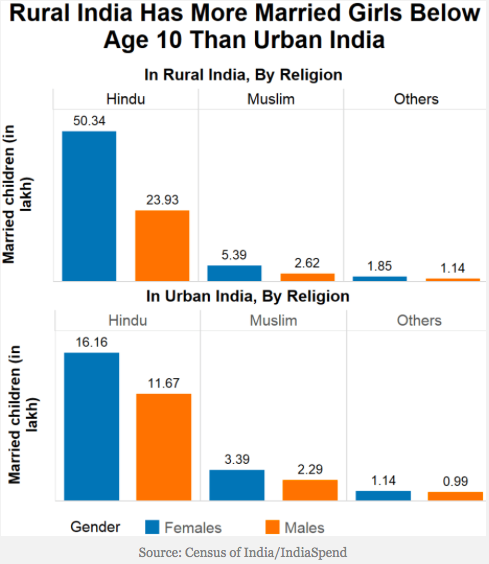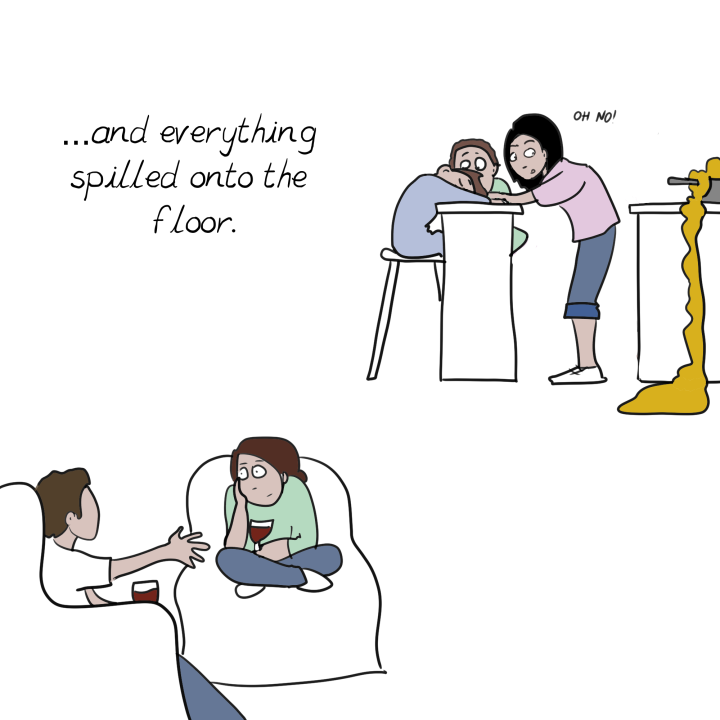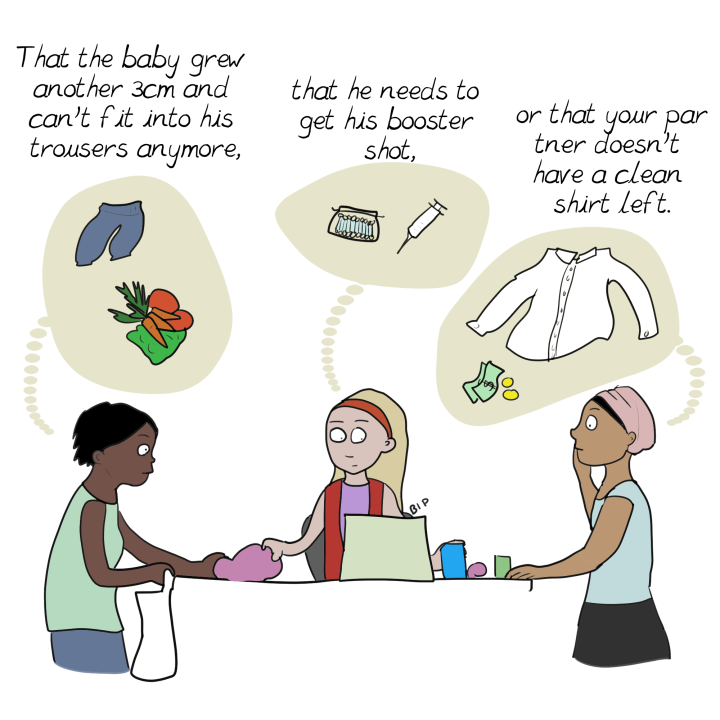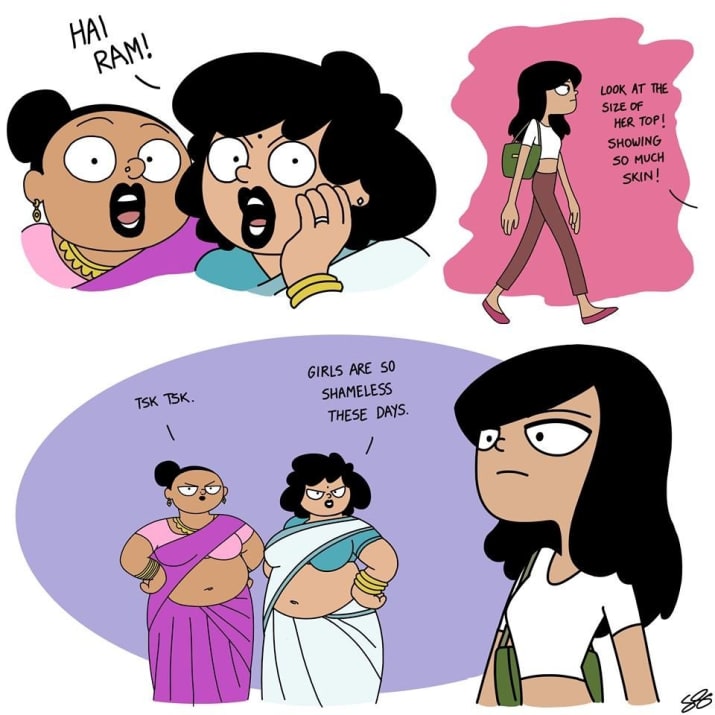Our youth is the foundation stone of our future and the owners of tomorrow who carry the potential to design a better society. Every year on 12th August the world celebrates International Youth Day, so let us all again be a part of this celebration this year. It’s a day to draw sincere attention and spread awareness about some serious societal issues and stigmas related to them that surrounds the youth ever since the issues came into existence.
So this time, let’s make our youth aware about sexual harassment and HIV/AIDS and work on providing safe spaces for them to share their concerns and cope with issues that they deal with.
Theme for youth day 2018: BUILDING SAFE SPACES
The YWCA of India has decided to focus on Women against Violence as the agenda for the Quadrennium 2018- 2022. We have chosen to work on ‘Building Safe Spaces’ as this year’s youth day theme as a part of this agenda.
A group of 3 friends sitting together and chatting, sharing secrets is a safe space for them because they are not judged or challenged for what they say as they all share the bond of trust, and this creates a safe space for them. Where people can separate or isolate themselves from situations and people who disturb their safety and security and share their feelings with trusted peers contributes to become safe spaces.
Today’s youth always find ways to improve their personality; they want to be in the company of people who will help them in their personal development. The provision of a safe space is thus an essential component that should aim to enhance positive youth development.
The motive behind choosing sexual harassment and HIV/AIDS as the topic to discuss is that people know about their existence but aren’t exactly aware of the truths and stigmas relating to them. People usually ignore these topics to discuss upon may be because of the myths related to them or they fear about what people will think of them is they freely talk about sexual harassment or HIV. Our focus is to empower the youth of your community with every possible details about these issues.
“In youth we learn, in age we understand”, said Marie Ebner.
Have a look at the curriculum we’ve designed that will assist you in imparting the knowledge at your workshops. This curriculum will give you an idea for conducting workshops and you can always make changes as per your conveniences and requirements depending on the audience.
- Organize a workshop
- Invite the youth nearby to attend the session. Do open it to anyone who wishes to attend.
- Give a brief about the theme to the audience.
- Start with a general discussion about the sexual harassment and HIV/AIDS. Ask the audience what they feel about these issues and how they can overcome if they face any problem related to them.
- For your reference you can go through our designed format – ask us through headoffice@ywcaindia.org.
- After the workshop do share your experiences with us about how the session went, what were the reactions, did the session influence people to take these issues seriously from now on. Sharing your experience will motivate us to come up with more workshops that will help in making our society a better place to live in.
Youth Department
YWCA of India






















































 Dress code
Dress code Standards of Decorum
Standards of Decorum Victim Blaming
Victim Blaming Saving the Environment
Saving the Environment